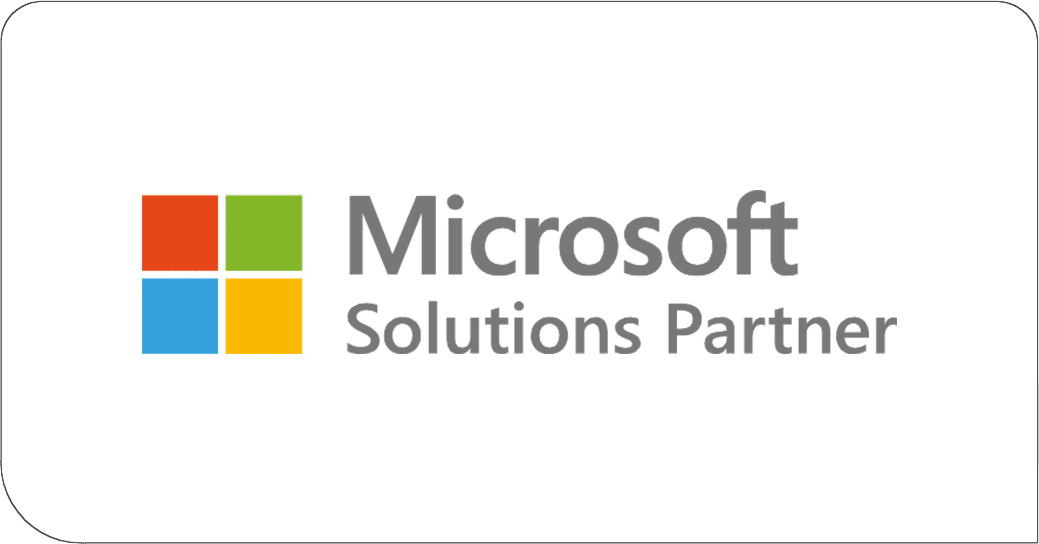A hybrid cloud environment can significantly boost your organization’s flexibility, efficiency, scalability, and cost savings. But managing a hybrid cloud architecture can be a complex task that is only kicked off properly with a successful transition.
So what are the components of a successful move to hybrid cloud, and where do you start?
Step 1: Assessing Your Current Infrastructure
This assessment forms the foundation of your hybrid cloud migration plan, highlighting what can be moved to the cloud and what should remain on-premises based on performance needs, security requirements, and compatibility issues.
Key Considerations:
- Compatibility with Cloud Services: Evaluate whether your current applications and data storage solutions are compatible with cloud services. This might involve software upgrades or even changes to your IT architecture to ensure smooth integration.
- Security Requirements: Identify sensitive data and regulatory compliance needs that dictate how data is handled and protected. This will help determine which components of your infrastructure should be transitioned to the public cloud and which should stay in a more controlled, private environment.
- Workload Distribution: Analyze your current workload distribution to decide which operations benefit most from the cloud’s scalability and which require the robustness of on-site servers.
Assessment Tools and Strategies:
- Infrastructure Audit Tools: Utilize software tools that provide a comprehensive overview of your existing infrastructure, highlighting utilization rates and potential bottlenecks.
- Consultation with IT Specialists: Engage with IT consultants who specialize in cloud transitions. Their expertise can provide insights into potential challenges and solutions that may not be immediately apparent.
- Cost-Benefit Analysis: Perform a detailed cost-benefit analysis to understand the financial implications of moving different parts of your infrastructure to the cloud.
Step 2: Hybrid Cloud Migration Planning
Creating a detailed and informed plan is vital for smoothly shifting to a hybrid cloud environment. This plan should specify the technical aspects of the migration and make sure it aligns with the broader business objectives of your organization.
Hybrid Cloud Strategy Development:
Define Business Objectives: Start by defining clear business goals for adopting a hybrid cloud. These might include improving disaster recovery capabilities, enhancing operational flexibility, or reducing IT costs.
Select Cloud Services and Providers: Choose the right mix of public and private cloud services based on your needs. Consider factors such as cost, scalability, support, and the specific features offered by providers. It’s also crucial to evaluate the integration capabilities of these providers with your existing IT infrastructure.
Develop a Risk Management Plan: Identify potential risks associated with cloud migration, including downtime, data loss, and security threats. Develop strategies to mitigate these risks, such as data backup solutions, robust security protocols, and comprehensive testing phases.
Step 3: Making the Move to a Hybrid Cloud
With a solid plan in place, the next step is carrying out the hybrid cloud migration. This phase needs to be handled with precision to minimize disruptions and maintain security throughout the process.
Best Practices:
Phased Approach: Implement the hybrid cloud in stages rather than all at once. Start with less critical applications and data to manage risks and allow for adjustments before scaling up to more essential services.
Maintain Data Security: During the transition, maintaining the integrity and security of data is paramount. Implement encryption, use secure data transfer channels, and ensure that cloud services comply with relevant privacy and security standards.
Training and Support: Provide adequate training for your IT team and end-users. Understanding how to navigate the new hybrid environment is crucial for minimizing errors and leveraging the cloud’s full potential.
Handling Technical Challenges:
Data Migration Tools: Utilize reliable tools and services for data migration that ensure data integrity and minimize downtime.
Integration Testing: Conduct extensive testing to ensure that the new hybrid cloud infrastructure integrates seamlessly with your existing systems. Pay special attention to performance issues and interdependencies between cloud-based and on-premise systems.
Monitoring and Feedback:
Implement monitoring tools to track the performance of cloud services and quickly address any issues that arise. This ongoing evaluation helps in fine-tuning the system and improving its efficiency and security over time.
Step 4: Hybrid Cloud Management and Optimization
Once your hybrid cloud is operational, ongoing optimization will maximize its benefits. Efficient management involves maintaining system health and performance, and optimizing costs and resource utilization.
Daily Management Tips:
Automated Management Tools: Utilize cloud management platforms that offer automation features to help manage resources across both cloud and on-premise environments. Automation can help in scaling resources, managing backups, and monitoring system health.
Performance Monitoring: Regularly monitor performance metrics to ensure the hybrid cloud is meeting the expected service levels. Tools that provide real-time analytics will help in identifying and resolving issues promptly.
Regular Updates and Patches: Maintain the security and efficiency of your cloud environment by applying updates and patches as soon as they are available to reduce vulnerabilities and improve compatibility.
Optimization Strategies:
Resource Scaling: Adjust resources dynamically based on workload changes. Scaling up during peak times and scaling down during off-peak times can significantly reduce costs.
Cost Management: Keep track of cloud spending with cost management tools specific to cloud services. These tools can help in identifying unnecessary expenditures and improving cost efficiency.
Load Balancing: Implement load balancing to distribute workloads evenly across your cloud and on-premises infrastructure, enhancing performance and maximizing resource usage.
Step 5: Maintaining Cloud Security and Compliance
Security and compliance are critical considerations in managing cloud environments, especially with the distribution of data across a hybrid environment.
Common Security Challenges:
Multi-Cloud Complexity: Each cloud platform may have its own security tools and protocols, which can create inconsistencies and gaps in security coverage.
Data Segregation: In a shared cloud environment, failure in segregation mechanisms can lead to unauthorized access to sensitive data.
Endpoint Gateways: With data moving between on-premises systems, cloud platforms, and mobile devices, each endpoint is a potential entry point for security threats.
Best Practices for Security:
Data Protection: Data in transit between on-premises and cloud environments must be protected using encryption protocols to prevent interception and breaches.
Access Control: Implement strict access control measures. Use identity and access management (IAM) systems to ensure that only authorized personnel have access to sensitive information.
Threat Detection: Deploy advanced threat detection tools to continuously monitor for suspicious activities within your network. Quick detection allows for immediate response to potential threats.
Regular Security Audits: Conduct comprehensive security audits regularly. These audits help identify vulnerabilities and ensure compliance with security policies and regulations.
Unified Security Policies: Maintain a consistent security posture across both on-premises and cloud components by implementing unified security policies that cover both environments.
Employee Training: Regular training sessions for employees on security best practices and phishing attack prevention are crucial for maintaining security.
Compliance Considerations:
Understand Compliance Requirements: Stay up-to-date with the compliance requirements relevant to your industry, like GDPR, HIPAA, or PCI DSS, as well as data privacy laws. Ensure that both your on-premises and cloud environments adhere to these standards.
Work with Compliant Providers: Choose cloud providers that comply with necessary regulations and can provide necessary documentation and support to help you meet compliance requirements.
Compliance Management Technology: Tools and software can assist in managing compliance, automating compliance monitoring, and tracking data handling and protection to directly support your adherence efforts.
Develop a Resilient, Scalable, Secure Hybrid Cloud Strategy with Expert Guidance
A tailored cloud strategy that aligns with your business objectives will ensure a smooth, secure transition and more effective management post-migration.
The cloud experts at Davenport Group will develop a hybrid cloud environment that suits your operational and security needs, manage the transition for minimal downtime, and provide ongoing optimization and management to maintain system health and align IT capabilities with your business goals.
Reach out to us today for a consultation, and let’s get started laying the groundwork for your ideal working environment.

